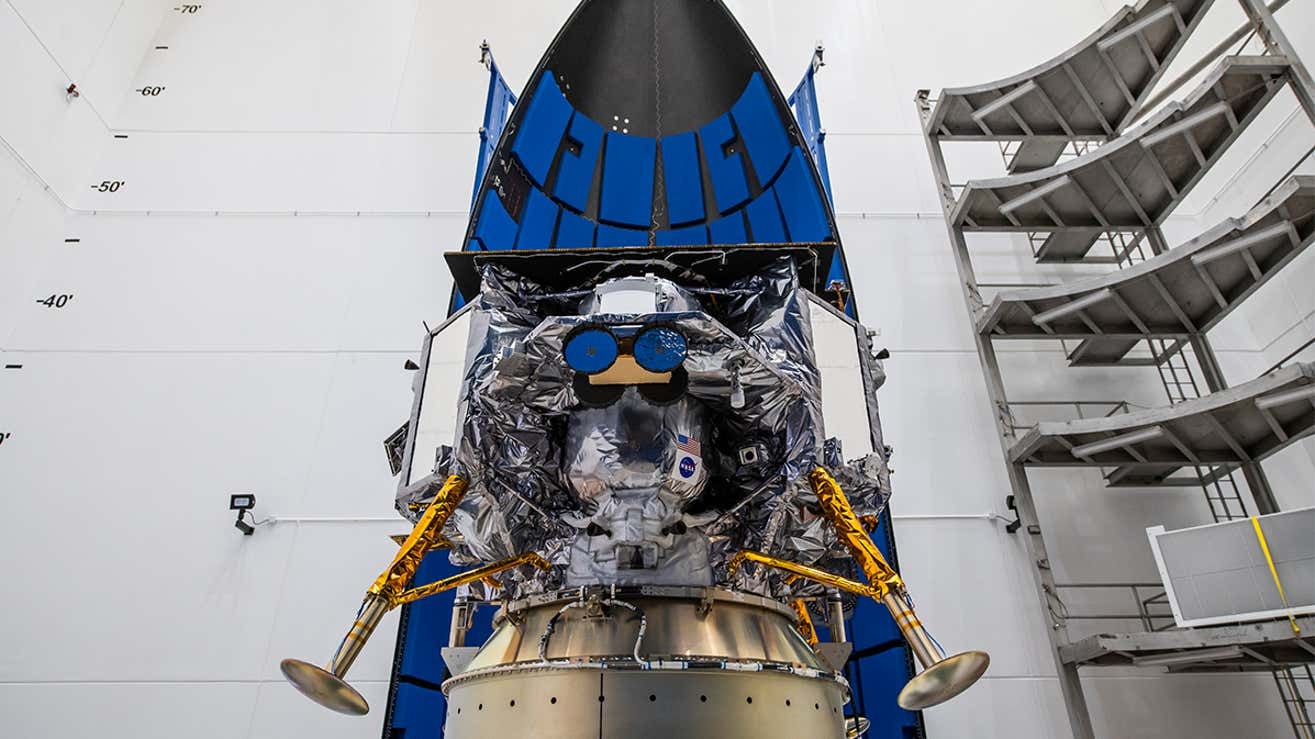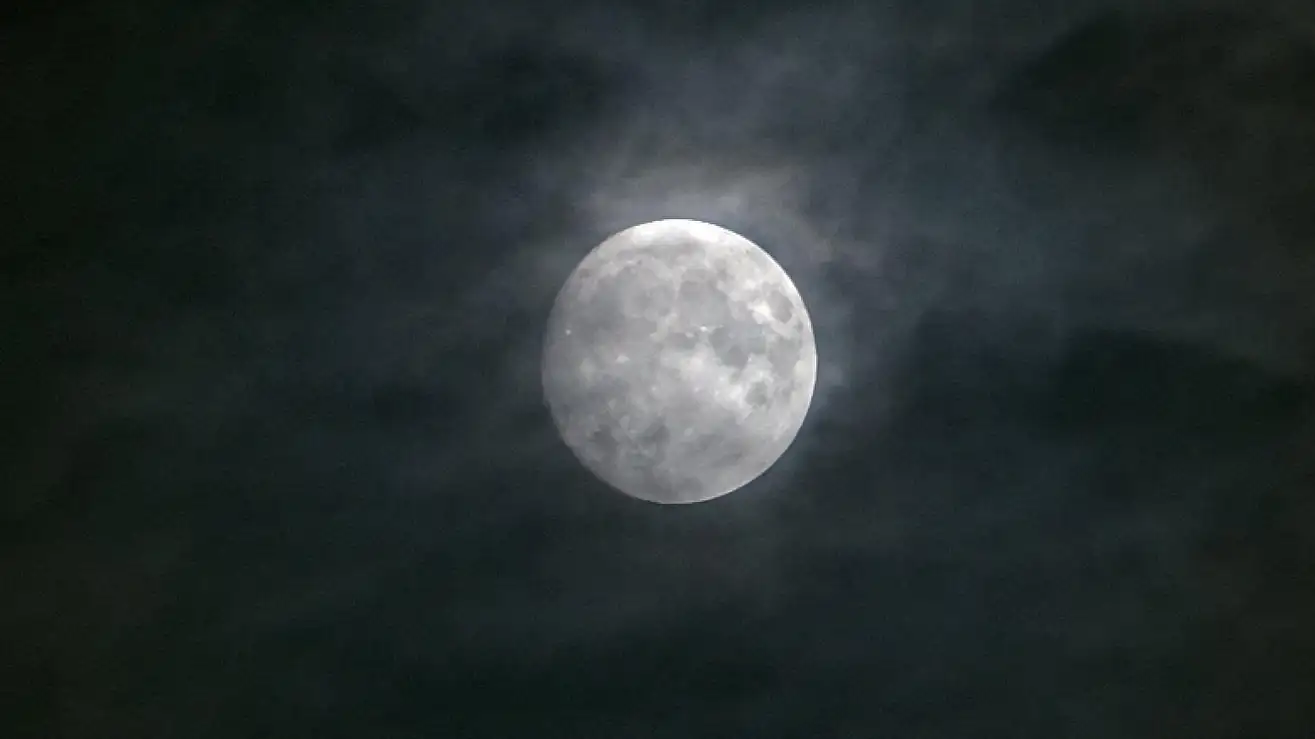The Peregrin commercial mission, which sparked intense controversy and condemnation from the Navajo Indian Nation, successfully launched on a Vulcan rocket on January 8 from Cape Canaveral Space Force Station in Florida. The reason was space burials, writes WomanEL.
 Peregrine on a rocket. Source: gizmodo.com
Peregrine on a rocket. Source: gizmodo.com
In addition to scientific supplies, the so-called “payload” with the cremated remains of “Star Trek” creator Gene Roddenberry and science fiction writer Arthur C. Clarke is also being sent to the Moon. This cargo was placed by two companies, Celestis and Elysium Space, which specialize in “space burials.”
New trends in garden design 2024: a combination of nature and technology 10 inspiring quotes from Stephen Hawking when you give up
Navajo Nation President Buu Nygren previously made his request to delay the mission's launch. Nygren noted that the moon has great significance for many cultures and turning it into a cemetery for human remains is “tantamount to desecration.” Navajo are an Indian people living in the United States and consider the Moon sacred.
 Space burials on the Moon. Source: gizmodo.com
Space burials on the Moon. Source: gizmodo.com
The sacredness of the moon is deeply rooted in the spirituality and heritage of many indigenous cultures, including our own. Placing human remains there is a deep desecration of this celestial body respected by our people, Nygren said. Such statements are thought-provoking as the Moon becomes increasingly accessible for commercial landings. Therefore, international control over what falls on its surface is necessary. This historic mission is currently facing opposition from Native Americans and indigenous communities who believe it would be disrespectful of their cultures.
When Space Perspective plans to begin tourism flights into space — find out here.
